How Does an Automatic Espresso Machine Work?
by Bryan Albuquerque
Hey folks! Today we’re going to be talking about how an automatic espresso machine works.
For those who are not somehow involved in the profession of coffee making, espresso machines can be somewhat baffling. And yet, it is worth knowing how they work because this leads to a better cup of coffee (espresso).
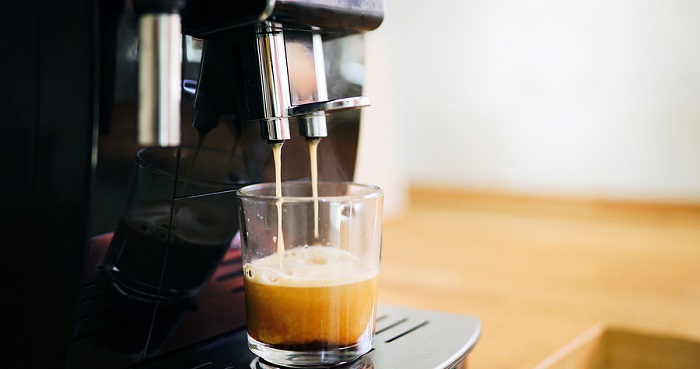
For instance, did you know that there are three types of espresso machine? These are: semi-automatic, fully automatic, and super-automatic.
In terms of quality of beverage, each type of espresso machine has the potential to pull an equally great shot of espresso, but the more “super” they become, the less steps the person operating the machine will need to perform.
Fully automatic espresso machines, for example, are basically a one-touch brewing system, leaving most of the tasks up to the machine to take care of, which is, of course, quite convenient.
Difference between various types of Espresso Machines – Semi Automatic vs Automatic
We reached out to our friend Liam Eales, aka the Autistic Barista, a coffee expert based out of Montreal, Canada, to get his opinion on the difference between a manual or semi automatic espresso machine vs. an automatic machine, and some brief pros and cons.

Liam says, “Manual machines give the barista more control over the product by giving them the ability to manipulate almost very variable, while allowing for the espresso to be manipulated and changed differently to the preference of the barista dialled in.
However, in a very busy rush, it is functionally impossible to stay 100% consistent from every shot, and so manual espresso machines are not realistic for extremely busy cafés, since it leaves all those variables open for change from barista to barista, meaning if you are trying to run a café, your product will be wildly inconsistent.
Automatic (correct term is volumetric) measures the volume of water and automatically adjusts pressure going into your coffee, making human error less common and creating more consistency from barista to barista.
It also allows for fixing an espresso dial to be a much quicker process by eliminating some factors.”
How Do Automatic Espresso Machines Work?
All in all, while automatic espresso machines are generally not that hard to use, it still helps to know how they work.
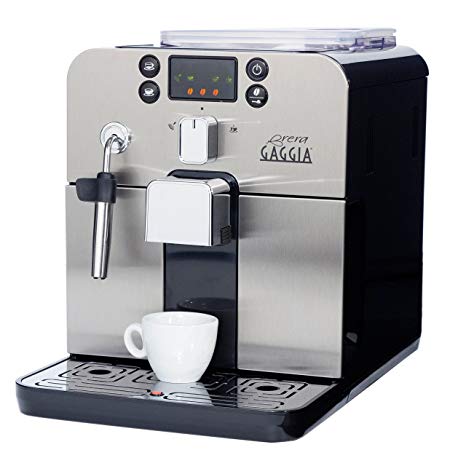
This article is going to explore the interior processes of these machines and how they work precisely, to better acquaint you with the finer processes of these machines.
Before we begin, you can skip to the end of this article if you just want to watch a video on this same topic, as we’ve attached one that is super helpful, although we of course recommend reading what we’ve written as well to get the full picture of what’s going on, according to us.
Inner Workings of Espresso Machines
Before we start talking about espresso machines, take a look at this – behold! the “Carpuccino”.
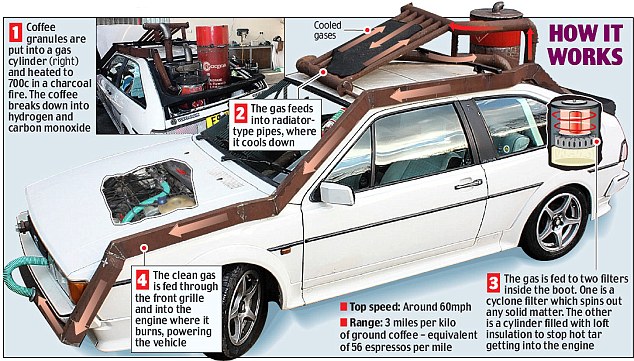
Ah, what a wonderful world we live in, right? This is something that Marty McFly might drive around in, sipping triple espressos as he drives around Hill Valley.
The above picture is just to get us all in the mood for looking closely at the contraptions that are espresso machines, which are similarly rather technical to understand completely, and yet perform an amazing task of delivering such a delicious drink to us daily, hourly, and sometimes _constantly_ for those of us that have a slight addiction.
An espresso machine is, of course, a machine, after all, which basically starts with the adding of clean, great-tasting water, and fuses it with espresso grinds to end up with a beverage.
And so, we must begin by talking about water, and how it starts its journey…
Water Reservoir
The water reservoir is a place where the water will sit and wait to be called upon for the next cup of coffee.
Here is a diagram of a la Pavoni espresso machine, showing all of its parts.
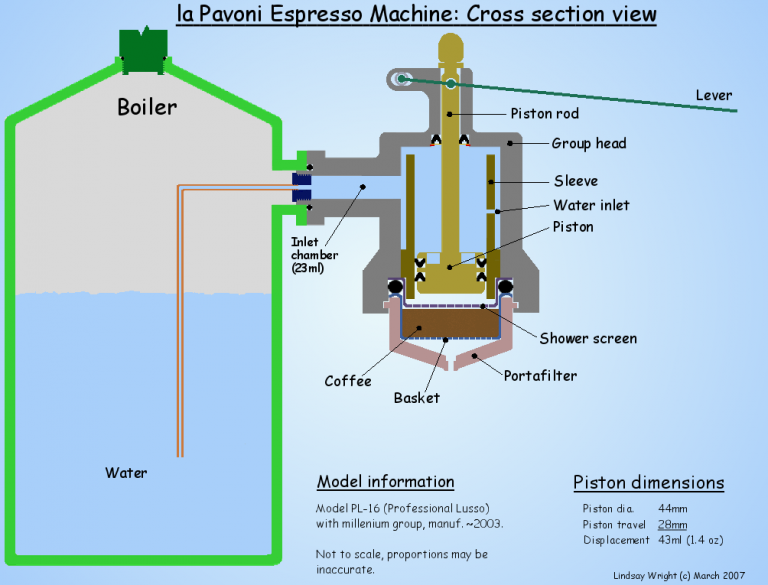
It’s common for smaller machines that don’t need to make hundreds of cups per day. The water can be conditioned while it’s sitting in the reservoir. For the best espresso, it starts with the right kind of water.
Water, as you will see, is key to the formula of great espresso!
In speaking with Matt Irish of Conundrum Coffee, a family-owned roastery started in Fort Collins, Colorado, we got on to the topic of water quality when it comes to cofffee.
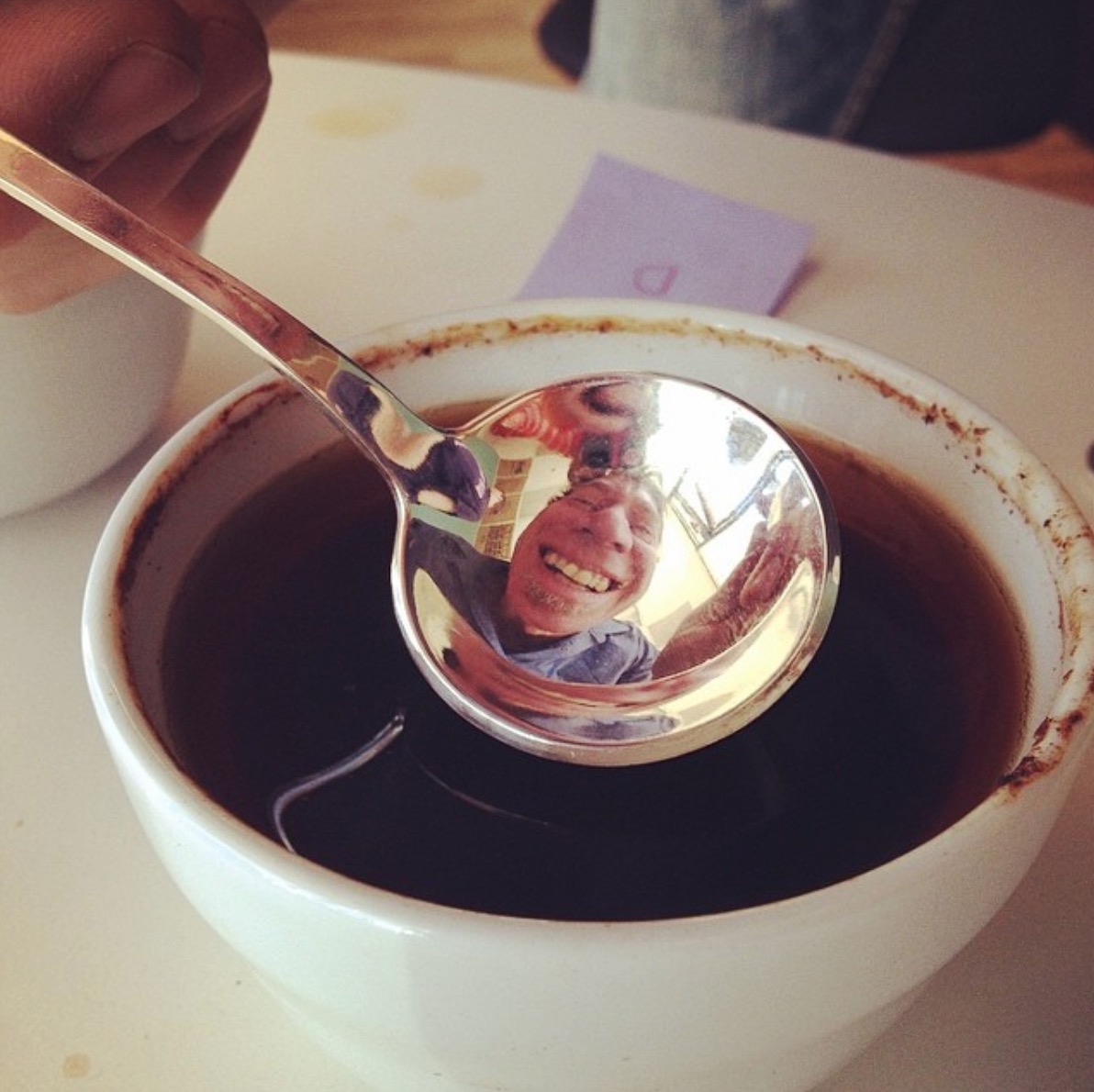
Matt said the following about the close relationship between coffee and water:
“Water quality is super important and it is difficult to get quality water in some places. We use an OPTIPURE Scale x2 Filter Trak for most of our coffee applications even though in Loveland, Colorado we have relatively good water.
For us, when we think about water, we are thinking about three main things.
First of all is choline. This is the primary thing that we are removing from the water with filtration. The odour can be off putting and can make for an astringent cup.
The second is total hardness. This is primarily for the longevity of coffee equipment. Hard water can lead to scaling and soft water can be corrosive.
The last part is the alkalinity. This refers to the ability to buffer acids.”
Thanks again to Matt Irish for the quote!
This is all good information to consider when you’re filling your espresso machine’s water reservoir. Keeping in mind that espresso machines aren’t designed to clean your water for you, or otherwise make the water itself taste any better than it does going in.
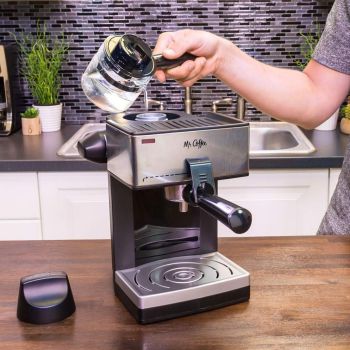
The reservoir of any machine is only so large. If it requires filling in a commercial setting, it’s often better to get a machine that can be plumbed directly into the water line.
With machines that are set up directly to the water supply, you’ll need a water softener as well as a filtration system.
This is the better option for commercial enterprises that will make dozens of espressos per day.
How Does the Water Move through the Machine?
We know how the water gets into the machine – via the reservoir, whether it’s manually poured in or plumbed to the water line.
Once the water is in the machine, it has to move through various areas before being extracted like the rich nectar that it is, into a cup, becoming a tasty beverage.
The pump is vital to the operation of your espresso machine, so it’s best to give this part more than a moment’s thought.
There are two types of pumps. Each has to produce at least 130 PSI to force the water through the machine, through the grind, and out to the cup.
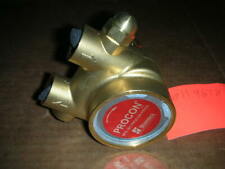
At one point, commercial and home coffee machine would require an operator to pull levers to get the water to move properly through the machine.
The term “pulling an espresso” came about because of the way an espresso would have to be made. With the pump, it’s all done automatically.
When asking the question, “How does an automatic espresso machine work?” The operative term there is “work”, and the answer is: the pump.
As to the pumps themselves, there are two choices; the vibratory pump and the rotary pump. They are both used to make a great espresso, but there are pluses and minuses for both.
Vibratory Pump
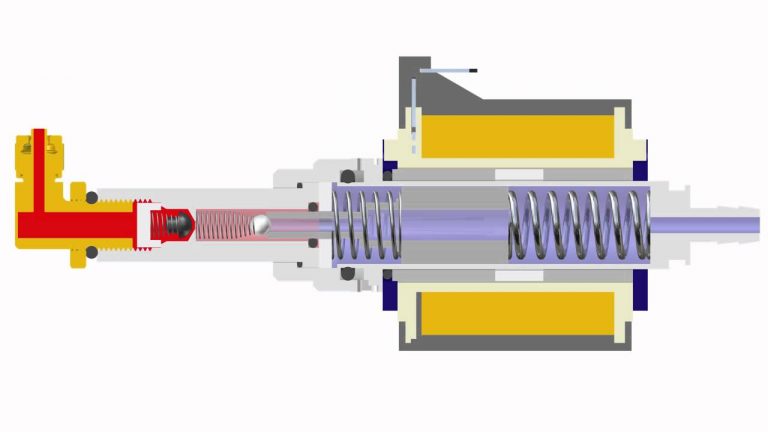
In this kind of pump, you’re getting electrical currents that move a piston. There’s a magnet inside a coil that moves up and down to provide the pressure needed to move the water through.
The electrical current impacts the magnet. The magnet vibrates and moves the piston. The piston moves very rapidly. In fact, it can push at approximately 60 pushes per second.
Rotary Vein Pump
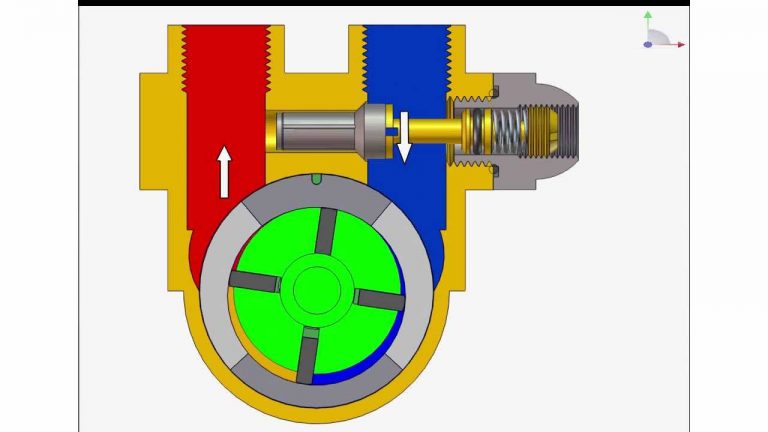
The rotary pump doesn’t work in the same way as the vibrating one. The rotary pump has a motor that spins a small disk. That spinning disk is segmented by what are called veins.
As the disk spins, the veins move to the outer section. This creates pressure that is used to move the water.
Where Does the Water Travel as It’s Heated?
Water in the Boiler
The pressure of the water isn’t all that’s needed to push it through the grind and make coffee. The water has to be heated to the proper temperature for a great espresso.
Pressurized, heated water is held in a boiler. The pump pushes the water into the boiler where it’s heated with a heating element.

There’s another part needed for heating the water, though. In a boiler, the water isn’t heated to the same temperature without a way to control the brewing temp. A Digital Temperature Control is needed to ensure all the water is the right temp.
The control could be a PID, which stands for proportional-integral-derivative. A probe sits inside the water in the boiler and consistently reads and heats the water as needed.
The Digital Temperature Control does the same thing by adjusting the water temp constantly. There are small differences, though. The PID can be adjusted by the owner while the Digital Temperature Control cannot.
Headed to the Steam Wand
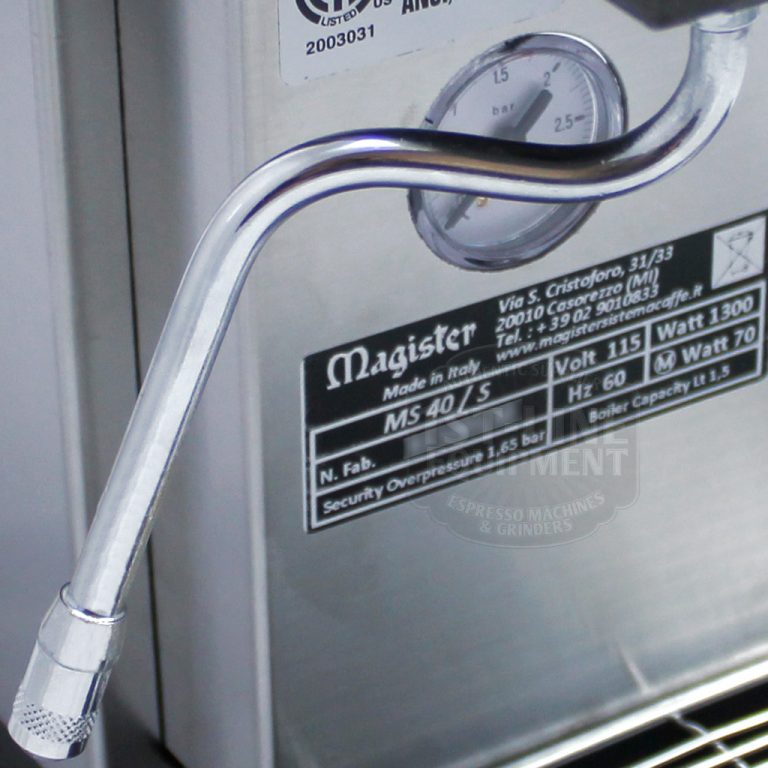
This is where it can get slightly complicated. The steam wand needs steam for its milk production. Whether a cappuccino or a cafe latte is being produced, the steamed milk needs to be created with steam.
That water is a different temperature than what is sitting in the boiler because the liquid is performing two different functions.
Water for steaming milk has to be steam. That makes sense. Water for your espresso has to be way below the boiling point at approximately 195 to 205 degrees F.
There are a few ways that the boiling can be accomplished without mixing the two.
Single Boiler – This boiler has a single heating element in the boiler but two thermostats. One thermostat is set for the brewing while the other is set for producing steam. The only problem with this kind of machine is that you can’t pull shots and produce steam at the same time.
Dual Boiler – A machine with a dual boiler is exactly what it sounds like. The water is pumped into two boilers. One will heat water for coffee, and the other will make steam.
Heat Exchanger – Instead of a single boiler, there’s a boiler and a heat exchanger. A separate line runs from the plumbing to the heat exchanger. The two water temperatures will never be in contact.
Thermoblock – This type of machine has a piece of metal that has a heating coil in it. The entire piece of metal is heated and water is sent to it. It’s a burst of water that instantly turns into steam.
Once the water is heated, it’ll head on to the next step.
Out of the Grouphead – E61, Saturated, and Semi-Saturated

The grouphead is where all the coffee magic happens. The heated water will meet the grind in the grouphead. It’s where the espresso will get pulled. When following the journey of water through your espresso machine, this is where the water goes next from the boiler.
E61
These are popular types of grouphead that were patented in 1961. The entire piece is made out of brass and weighs an incredible 9 pounds all by itself. It takes about 15 minutes for the E61 to be ready to produce coffee, but it’s an easy process.
There’s a valve that allows the heated water into the grouphead. The water will move to the portafilter. There’s another valve that releases water back to the boiler, too.
The entire brass grouphead is brought to the temperature of the water that is in the boiler. This is why it takes 15 minutes for the grouphead to be ready to disperse coffee.
Saturated Grouphead
The groupheads are open to the water from the boiler. Essentially, it’s an extension of the boiler. The groupheads are saturated with water, which is how they got the name.
There are lines running to the grouphead, from the grouphead back to the boiler, and a line for waste that goes to a drip tray.
The line for the boiler is activated when the machine is in use. Once it’s finished, that line is closed and the waste line is opened. It’s meant to relieve back pressure.
These groupheads require trained technicians to repair and maintain. They’re common for large commercial sites.
Semi-Saturated Grouphead
With these type of groupheads, the entire device isn’t open to the boiler. There are the same three common lines like the other group heads, but the only part not open to the boiler is the dispersion block.
For this kind of grouphead, it’s much easier to repair and maintain than the saturated grouphead.
The Portafilter – Second Last Stop

The portable filter is a basket with a metal handle. The grind is placed in the basket and tamped down. This is what’s inserted into the grouphead for your espresso.
Sizes of the portafilter vary depending on the machine. The reason you need this information is because the tamper that you buy has to be the right size. Otherwise, you’ll have unevenly compressed grind.
The portafilter is locked into the grouphead and water is forced through the grind.
Finally – Into The Cup
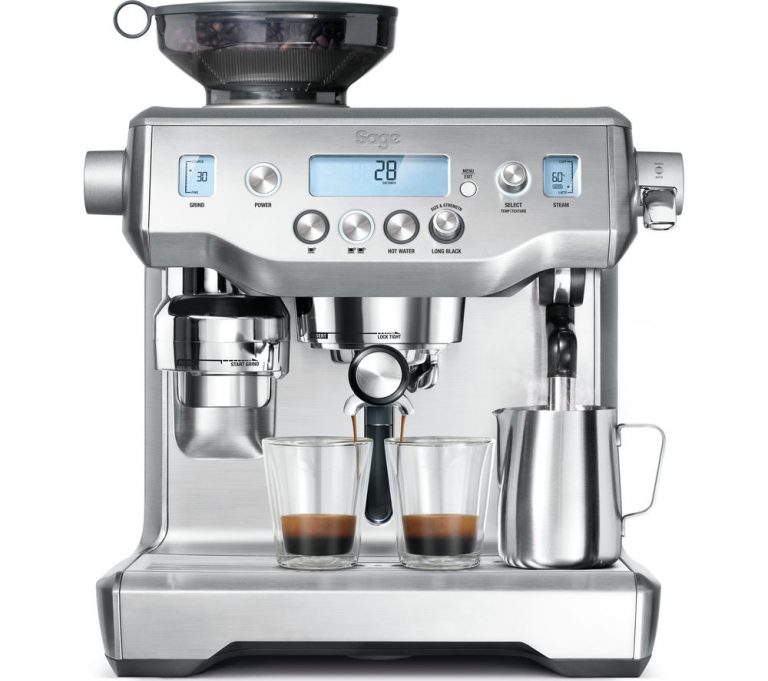
The perfectly heated water has been traveling through the machine, into the grouphead, through the portafilter and grind, before finally, ending in the cup.
While it seems like an incredibly long journey, it’s one that happens very quickly. If we were to explain the journey of gas through your car, you’d wonder how the wheels every turned so quickly.
You don’t need to know the entire journey or how machines work to deliver such a yummy beverage, but it’s fun to learn exactly what’s going on behind the scenes.
It’ll also help if you’re making a buying decision for your home or business. You’ll want to know what kind of boiler is available, and what it does that might make a difference to your coffee production.
Recommended Videos
 |
 |
 |
 |

About Bryan Albuquerque
Bryan Albuquerque is a coffee lover and vaping advocate who writes reviews and information about coffee accessories and KYG. A former coffee addict, Bryan traded his morning fix for an electronic cigarette in an effort to quit smoking, and has never looked back. He's dedicated to helping others make the switch to vaping, and believes that it's one of the best decisions anyone can make for their health.
Thoughts on "How Does an Automatic Espresso Machine Work?"
 |
 |
 |
 |
Get FREE Coffee Gifts now. Or latest free grinders from our best collections.
Disable Ad block to get all the secrets. Once done, hit any button below
 |
 |
 |
 |